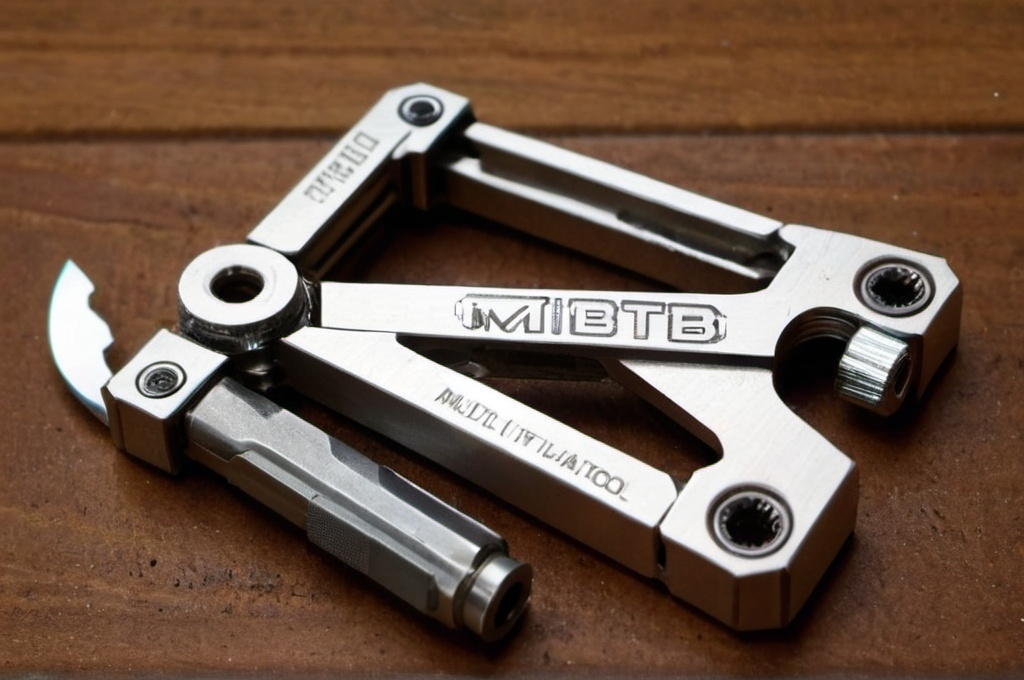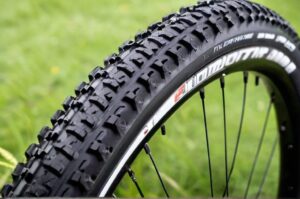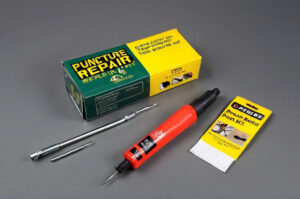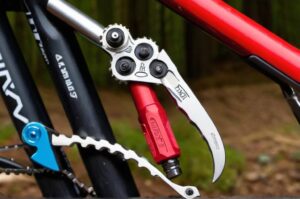Table of Contents
Introduction to Mountain Bike Multi-tools
Carrying a mountain bike multi-tool on your rides is essential for a myriad of reasons. A multi-tool can be the difference between a minor repair on the trail and a long walk back to your car. Its compact design means you have a versatile set of tools available at all times, ensuring you can handle unexpected mechanical issues without significant delays.
A mountain bike multi-tool is essentially a compact, portable tool that includes a variety of functions specifically designed for bike maintenance. It typically includes allen keys, screwdrivers, a chain breaker, and sometimes tire levers. These tools are crucial for addressing various minor issues that may arise while biking, enabling you to continue your ride with minimal disruption.
There are several types and brands of mountain bike multi-tools available, catering to different needs and preferences. Notable brands include Crankbrothers, Lezyne, and Park Tool, each offering its own unique features and benefits. When selecting a multi-tool, you’ll want to consider the specific tools included, the overall weight, and the construction quality.
Key features to look for in a multi-tool include durability, the range of tools provided, and ease of use. A good multi-tool will be made from high-quality materials like stainless steel or aluminum to withstand the harsh conditions of mountain biking. Ergonomic design and compactness are also important, ensuring the tool is easy to carry and use on the go.
Essential Functions of a Mountain Bike Multi-tool
The most commonly used tools on a mountain bike multi-tool are the allen keys, which come in various sizes to fit different bolts on your bike. These keys are essential for tightening and loosening bolts on components such as the handlebars, stem, and seat post. They are indispensable for maintaining the structural integrity of your bike during a ride.
Screwdrivers are another critical part of a multi-tool, typically used for derailleur adjustments. Having both flathead and Phillips screwdrivers allows you to make precise adjustments to your derailleurs, ensuring smooth shifting. This can be particularly important if you encounter gear issues mid-ride, as proper gear function is crucial for tackling tough trails.
A chain breaker is a vital feature for emergency chain repairs. If your chain snaps on the trail, a chain breaker will enable you to remove the damaged link and reattach the chain, allowing you to continue your ride. This tool is especially useful for long adventures where a broken chain could otherwise end your journey prematurely.
Tire levers are another essential function often included in a multi-tool. They are used for removing and replacing tires in the event of a puncture. This functionality is crucial for handling one of the most common mechanical issues bikers face on the trail, ensuring you can quickly get back to riding after a flat tire.
How to Use Your Multi-tool for Common Repairs
Tightening loose bolts and screws is one of the most frequent tasks you’ll perform with a multi-tool. Loose bolts can lead to unstable riding and potential accidents, so it’s important to regularly check and tighten them. Use the appropriately sized allen key or screwdriver to ensure all components are secure before and during your ride.
Adjusting brake levers and pads is another common task. Properly functioning brakes are critical for safety, especially on challenging downhill sections. Use your multi-tool to adjust the position of your brake levers for comfort and responsiveness. Additionally, ensure your brake pads are correctly positioned and have sufficient wear to provide reliable stopping power.
Fixing a broken chain with the chain breaker might seem daunting, but it’s a straightforward process with a bit of practice. First, use the chain breaker to push out the pin of the broken link, then remove any damaged parts. Next, position the chain and use the tool to push the pin back through the chain links, securing it in place. Practicing this at home will make it easier to perform on the trail.
Adjusting saddle height and position is also crucial for a comfortable and efficient ride. A multi-tool usually includes the necessary keys to adjust the bolts securing your saddle. Ensure your saddle height is appropriate for your leg length and that the position is comfortable for your riding style. Adjustments may be necessary mid-ride, especially on longer journeys.
Multi-tool Tips and Techniques for Effective Use
Properly holding and leveraging the multi-tool is key to effective use. Ensure you have a firm grip and use the correct angle to apply sufficient force without slipping. Leveraging the tool correctly will make repairs easier and prevent damage to your bike or the tool itself.
When tightening parts, it’s essential to secure them adequately without over-tightening. Over-tightening can strip bolts or damage components, leading to more significant issues. Tighten bolts until they are snug and check for any movement, but avoid exerting excessive force.
Troubleshooting common problems on the trail is an invaluable skill. Practice identifying and addressing issues like loose bolts, misaligned derailleurs, and brake adjustments. Knowing how to quickly diagnose and fix problems will keep you riding confidently and safely.
Practicing using the multi-tool at home helps you become familiar with its functions and how to perform various repairs. Take time to go through each tool and understand its purpose. This familiarity will make you more efficient and less stressed when facing real-life mechanical issues on the trail.
Safety and Maintenance Tips for Your Multi-tool
Regular inspection and cleaning of your multi-tool are necessary to keep it in optimal condition. Dirt and grime can accumulate on the tool, affecting its performance. Clean it after each ride and inspect for any signs of wear or damage.
Lubricating moving parts ensures smooth operation. A drop of lubricant on the joints and moving sections of the tool will prevent rust and keep it functioning smoothly. Regular lubrication is part of good maintenance practice and prolongs the life of your multi-tool.
Storing the multi-tool in a secure, dry place when not in use will protect it from the elements. Moisture can cause rust and deterioration over time, so keeping the tool in a dry environment when not on the trail is crucial.
Checking the compatibility of your multi-tool with your bike components ensures it can handle the necessary repairs. Different bikes may have specific requirements, so verify that your multi-tool includes the right sizes and types of tools for your bike.
Choosing the Right Multi-tool for Your Needs
Assessing the specific requirements of your bike is the first step in choosing the right multi-tool. Consider the types of bolts, screws, and components your bike has, and make sure the multi-tool you choose can handle these specifics.
Weight and portability are also important factors. A multi-tool that is too heavy or bulky can be a burden to carry. Look for a tool that balances comprehensive functionality with a compact, lightweight design for ease of transport.
Functionality and cost should be balanced. While it might be tempting to go for the most affordable option, a more expensive tool often provides better quality and more features. Investing in a high-quality multi-tool will pay off in the long run, offering reliability and durability.
Reviews and recommendations from other riders can provide valuable insights into the performance and durability of different multi-tools. Reading reviews and seeking advice from experienced bikers will help you make an informed decision.
Conclusion: Maximizing Your Multi-tool Benefits
In summary, understanding how to use a mountain bike multi-tool effectively is crucial for any biking enthusiast. Being prepared with a reliable multi-tool ensures that you can address common mechanical issues on the trail, keeping your rides smooth and enjoyable.
The benefits of being prepared cannot be overstated. A multi-tool allows you to handle minor repairs quickly and efficiently, reducing downtime and enhancing your overall biking experience. Regular practice and familiarization with your tool will make you more adept at making necessary repairs.
Finally, we encourage you to practice using your multi-tool and familiarize yourself with its different functions. This preparation will give you the confidence to tackle any mechanical issues you encounter. Always be ready and ride with peace of mind, knowing that you can handle the trails ahead.







